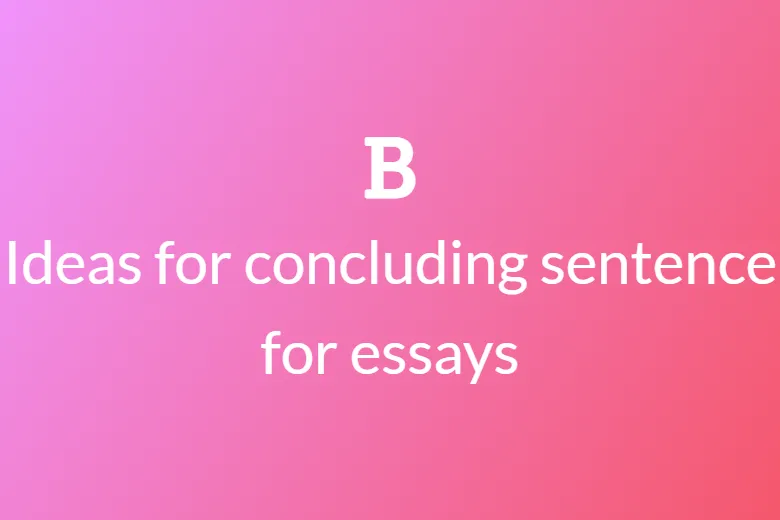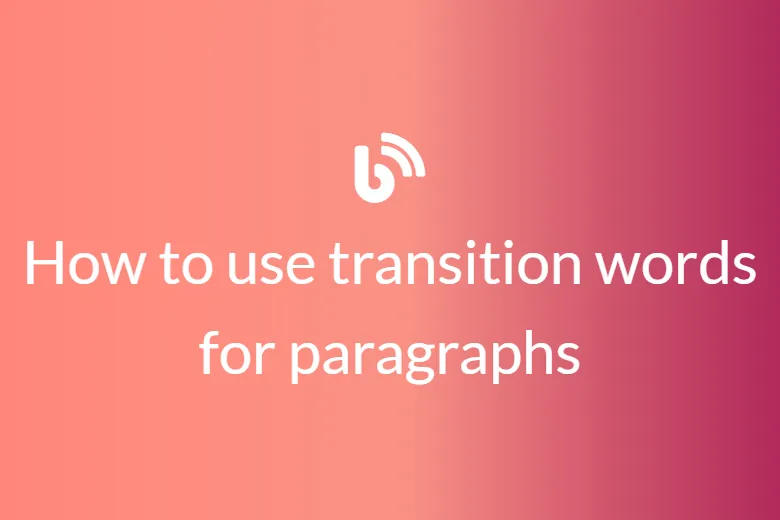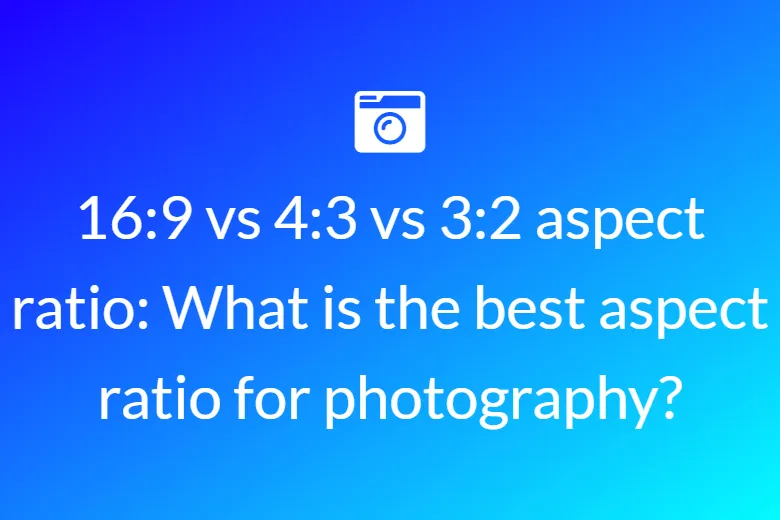How to write creative stories - some sentence starters
For students who are getting ready for a new phase in their career, it is very important for them to attain proficiency over academic language. Academic language is more than just the vocabulary of the subject are that is being taught. The proficiency and command over the language include the ability to produce complex sentences utilizing the key vocabulary of the subject area as well as functional words and phrases that show comparison, sequencing, description, cause, and effect, and more. Therefore in many schools and colleges, the teachers try to teach the students the art of sentence starters in order to help them attain language proficiency. As the name implies, therefore sentence starters provide a frame to the students Signal words are those words and phrases that clue in the reader or listener to the purpose of the message. Each of these ideas will be explored in more detail in sections that follow.
Function of language
To start the conversation on sentence casings, starters, and sign words, it is useful to investigate the thought of language capacities and their connected structures. Language capacities are the reasons for which we use language. These incorporate giving and getting headings, sharing our requirements and likes, posing and noting inquiries, portraying our general surroundings, and then some. Every language work has related structures, or of fluctuating multifaceted nature. These structures are the design of the language and incorporate the multifaceted nature of the sentences just as explicit sign words that show the language work.
Some language capacities show up more every now and again in the investigation of scholastic subjects, including thoroughly analyze, sequencing, and posing inquiries. Understudies are regularly approached to look at characters in a story or significant occasions ever, sum up the elite of occasions and the sky is the limit from there. Sentence casings, starters, and sign words can assist them with being more fruitful in learning both substance and scholarly language.
Examples (Sentence Framer)
Sentence frames provide an opportunity for students to use key vocabulary while providing a structure that may be higher than what they could produce on their own. For example, if students are to compare two ocean creatures, they might say something like “Whales have lungs, but fish have gills.” In the preceding sentence, the simple frame is “__ have ____, but ___ have ___. Note the sentence can be filled in with any content; this differs from closed sentences that often have only a few possibilities.
To increase the complexity of the sentence, we can change the frame to incorporate a different structure and higher-level academic terms. Note how the following examples increase the level of language used:
- **___** have **___, however **____** have **___**.
- Whereas **__have **___**, **_**have **__**.
- Despite the fact that **_** have **_**, **_** have **____**.
To create sentence outlines, thoroughly consider the assortment of ways you could react to a brief, clarify an idea, and so forth Writings can give you thoughts of perplexing or compound sentences too; eliminate the key jargon and search for the design of the sentences. These can be dismembered and imparted to students.
Examples (Sentence Starters)
Just like the sentence frames, sentence starters also provide a fair idea to the students regarding how to begin their sentences. For example, students sequencing a series of events might use the following sentence starters in their oral or written summaries:
The first thing that happened was
After that
The following important event was
Earlier in the story
Usage of signal words
The signal words are terms that signal to the reader what the purpose of the text is. Signal words also consist of transition words like despite, however, and therefore. It also contains words and phrases that are specific to particular language functions. Sample signal words and phrases are :
- Cause and effect: If … then, for this reason, so, because, one reason for, thus, consequently, accordingly
- Description and elaboration: Includes, belongs, is called, explain, for example, in other words, described, such as
Story starters are probably the most difficult for those involved in creative content writing. It is not very easy to come up with exceptional ideas and sometimes can involve 30 minutes of useless brainstorming. Sometimes even if you have a great idea, getting that exceptionally good opening sentence is a task. However, once you have found your opening sentence, the rest becomes an easy task.
We’ve made it easy for you by putting together a long list of story starter sentences to give you the inspiration you need to start on your next creative writing project.
- He should have never let her in his house
- It sounded like sitar music and it came from the basement
- ‘”It’s not what you think,” he said.
- I crouched behind the car, trying not to make a sound
- There’s only one thing in the world I’m afraid of
- They sat next to each other in the flight, yet pretending to be strangers
- “Don’t you dare come any closer”
- At first, I thought it was a shadow, but
- There was only one way to keep him quiet and it was going to cost us
- What if you cracked open a fortune cookie and found a tiny map inside?
- What if suddenly you became famous?
- What if you picked up the wrong suitcase at the airport, and inside it lay the evidence to the gruesome murder?
- Suddenly, icy fingers grabbed my waist as I inched through the darkness.
- I suddenly found out that I was the heir to the business empire.
- I opened my eyes and had no idea where I was
- She opened the letter and it said she’d won $100,000
- Rama never knew what had hit her
- There was a time when Harsh was extremely happy
- Every morning, I walked to the café for my latte and a glimpse of him
- The rain got harder as Sheenit walked alone in tears
- April will forever be our favorite month
- It was all over the internet and I didn’t get a fair chance to explain
- The caller said if I dropped the money off at 3 p.m., he would let my kids go
- The heat of his breath lingered on my neck
Write your own story: tips and tricks
Tip #1 – Take Action!
Numerous accounts get going with “There used to be… “ or “Sometime in the distant past.” Instead, scholars should be urged to make a move quickly in their stories. Make a plunge directly in the center of some activity. It’s a great method to make perusers immediately inquisitive about what’s going on. Maybe the story starts during a discussion or quickly flaunts a vital part of the primary character. Not exclusively does beginning with activity attract readers, however, children may likewise think that it’s simpler to continue to compose a story once an occasion is as of now occurring.
Tip #2 – Develop Personalities
Characters in the accounts should have some character characteristics that make them stick out, and afterward, kids expound on practices that mirror the personality of each character. For instance, a laidback character may cherish keeping awake until late and snoozing, while a dependable character may hit the sack before and get up at daybreak.
Tip #3 – Add Adjectives
As students begin composing their own accounts, urge them to broadly expound with heaps of modifiers. In some cases children may think that it’s extreme to give word pictures of settings or characters, utilizing unclear language all things considered. They can begin by generously adding in whatever number modifiers as could be allowed to depict their characters and settings, and later any unessential subtleties can generally be taken out. It’s hard to have a dazzling story if there aren’t fascinating depictions and subtleties.
Tip #4 – Move the Story Toward a Climax
Stories need to move towards a peak or occasion. There’s generally an issue or emergency that should be settled before the story closes. Assist kids with figuring out which subtleties in their accounts help push the plot ahead, and which components of their story do not have a reason in moving the story along. Illustrating a rundown of the story’s headliners that pave the way to the activity can make it simpler for youngsters to figure out which plot focuses they should hit to get to the peak.
Tip #5 – To end the study, students need to bring the story full circle. They can clarify how the issue was settled or talk about what occurred after the peak. An extraordinary method to end a story is to bring it round trip from the earliest starting point. Have children think back to the start of their accounts and make note of the settings and key subtleties. They can be brought back again in another manner to help finish up the story so readers finally accept reality.









